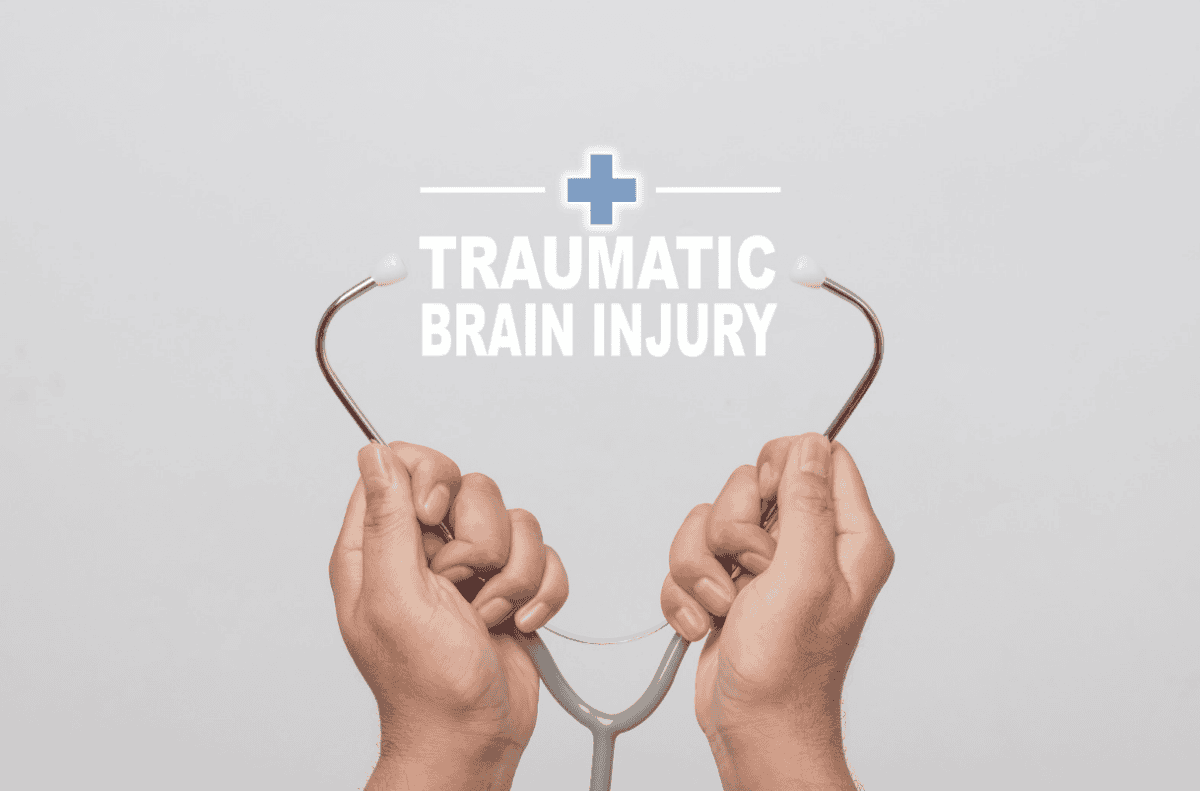One of the most severe traumas a person can encounter is traumatic brain injury (TBI), which can have long-term effects. TBIs are usually caused by accidents involving abrupt shocks or head injuries.
Depending on the force involved, these injuries can vary from minor concussions to severe brain damage. It’s critical to understand the types of accidents that most commonly result in TBIs, especially from a legal perspective, as these injuries can lead to long-term medical and financial consequences.
Let’s have a look at five common types of accidents where TBIs are highly likely.
Accidents with a High Probability of TBIs
Motor Vehicle Accidents
TBIs are more commonly seen in motor vehicle crashes. Concussions or more severe injuries may result from the brain moving inside the skull due to the abrupt impact of an accident. Legal considerations in TBI cases often focus on determining negligence, such as reckless driving, driving under the influence, or traffic violations.
Victims suffering TBIs from motor vehicle accidents may seek compensation through personal injury claims. A traumatic brain injury attorney is essential in negotiating the intricacies of these situations for justice to be served.

Falls
Many TBIs, particularly in older individuals, are caused by slips, stumbles, and falls. Falling from a height, slipping on wet surfaces, or tripping over uneven flooring can cause significant brain injuries.
Fall-related TBI occurrences are most commonly caused by workplace accidents, especially in sectors like construction or warehousing.
Premises liability plays a vital role in these cases. Injured individuals may have grounds for a lawsuit against the property owner or employer if an accident occurs on someone else’s property due to unsafe conditions.
Sports Injuries
Sports activities, especially contact sports like football, hockey, and rugby, have a high incidence of TBIs. Athletes may experience concussions, brain contusions, or even more severe head injuries from tackles, collisions, or falls.
Legal implications often arise in cases where sports organizations fail to implement proper safety protocols or where there is negligence in providing adequate protective equipment. Lawsuits in these cases might involve the sports organization, coaches, or equipment manufacturers if safety standards are violated.
Workplace Accidents
Job accidents in particular industries, such as manufacturing, construction, and agriculture, frequently cause traumatic brain injuries. Heavy machinery, falling objects, and being struck by tools or equipment can lead to severe head injuries. From a legal standpoint, workers’ compensation is typically the first recourse for injured individuals.
A personal injury lawsuit may be brought to obtain further damages if the injury was brought on by the carelessness of a third party or by defective equipment. The law requires employers to keep their workplaces safe to avoid these mishaps.
Assaults and Violence
Assaults are another leading cause of TBIs. Physical violence, including fights, domestic violence, and other forms of assault, can lead to severe head injuries.
The legal approach in these cases usually involves criminal charges against the aggressor and potential civil litigation for damages. Victims can seek damages for their lost income, medical expenses, and psychological suffering through personal injury claims.

Final Thoughts
Traumatic brain injuries can occur in different types of accidents, each with its own set of legal implications. Whether caused by motor vehicle accidents, falls, sports injuries, workplace incidents, or assaults, TBIs can have lasting consequences for victims.
For those impacted, knowing the conditions under which TBIs most commonly occur and the related legal options for compensation can offer a road to recovery. Legal professionals can help people deal with the complexities of a personal injury case.


